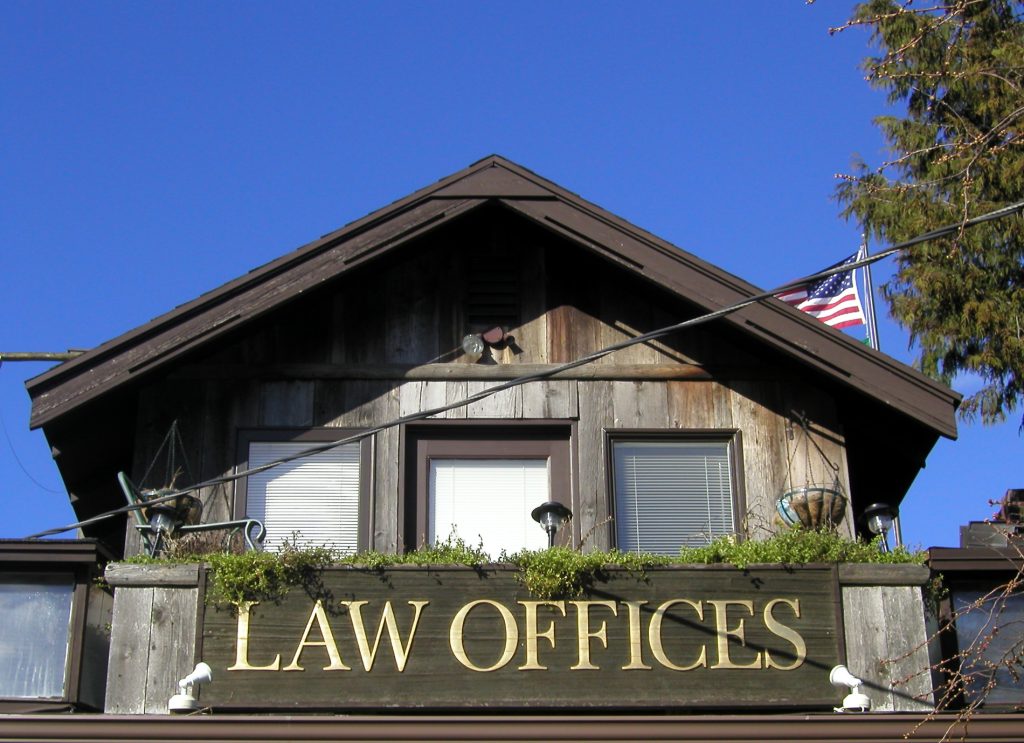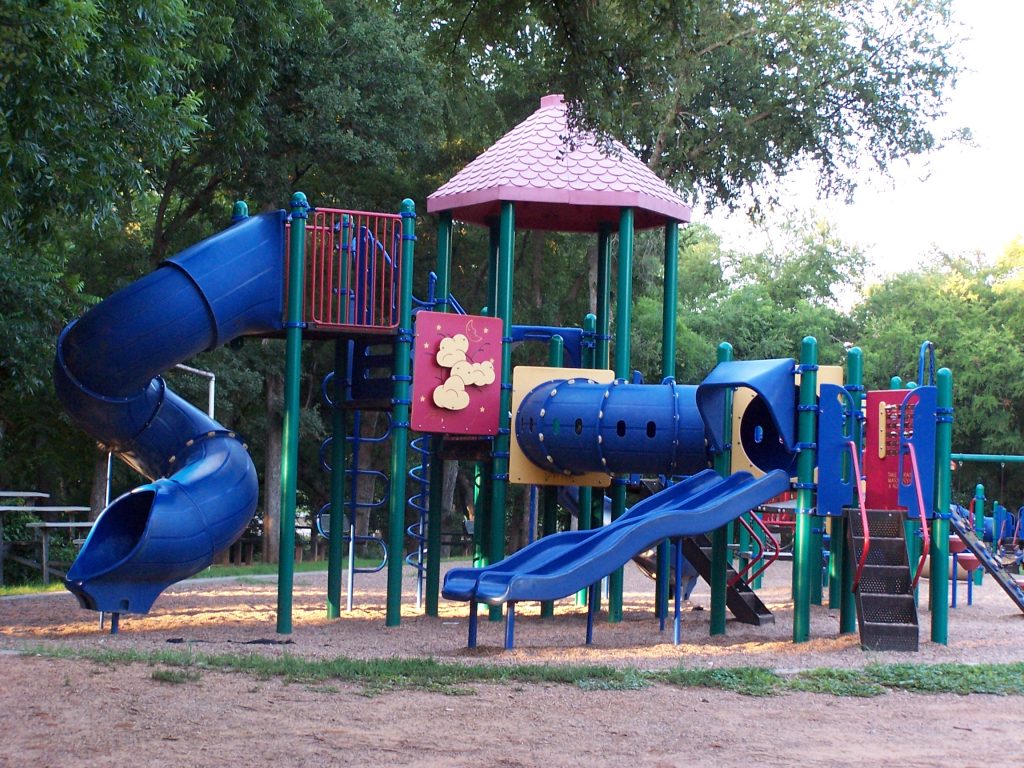 In 2012, an independent contractor, Charles Kamrath, contracted with Creek Services, LLC to move one of their bulldozers. Kamrath had previously moved the same bulldozer with his trailer without any complications. On February 24th of 2012, Kamrath loaded the bulldozer to his trailer and commenced the transportation to Hammond, Louisiana. Unfortunately, the flatbed from the trailer detached and struck an oncoming car driven by Alice Lewis on Cullom Road in Springfield, Louisiana. The impact resulted in severe injuries to Lewis and she subsequently died shortly thereafter.
In 2012, an independent contractor, Charles Kamrath, contracted with Creek Services, LLC to move one of their bulldozers. Kamrath had previously moved the same bulldozer with his trailer without any complications. On February 24th of 2012, Kamrath loaded the bulldozer to his trailer and commenced the transportation to Hammond, Louisiana. Unfortunately, the flatbed from the trailer detached and struck an oncoming car driven by Alice Lewis on Cullom Road in Springfield, Louisiana. The impact resulted in severe injuries to Lewis and she subsequently died shortly thereafter.
Lewis’ family, the plaintiffs, filed a wrongful death lawsuit in Livingston parish against not only Kamrath and Creek Services, but also their insurance companies Allstate and Houston Specialty. The defendants, Creek Services and Houston Specialty, claimed that Creek Services was not vicariously liable (which means they argued they were not responsible for the acts of Kamrath) for the wrongful death of Lewis under the doctrine of respondeat superior. In plain English, the defendants sought to release Creek Services of any liability because of a lack of an employee/employer relationship between Kamrath and Creek Services. In cases such as this one, whether a worker is labeled as an independent contractor or an employee is incredibly important. Such a determination is a question of fact, and different liabilities attach under each label. If Kamrath is an employee, then the doctrine of respondeat superior says that the employer, Creek Services, will be liable for damages, while Kamrath will be released of it. See La. Civ. Code art. 2320. If, however, Kamrath is an independent contractor (the determination of which is made through a variety of court imposed factors listed below), Creek Service’s liability will be severed, and Kamrath will be the party solely responsible for the plaintiffís incurred damages.
An exception to the lack of liability on the part of the employer exists even if the worker is determined to be an independent contractor. See Triplette v. Exxon Corp., 554 So.2d 1361, 1362 (La. App. 1st Cir. 1989). This exception states that the employer may be held liable if it maintains operational control over the activity in question. The most important aspect is whether the employer retained the right to exercise control over the work. Thus, actual control is not necessary. In the determination of whether an independent contractor relationship exists, courts have routinely examined the following factors: a valid contractual relationship between the parties; work is of an independent nature; the contract allows for the work to be done per the contractor’s methods without any control or direction from anyone else; an agreed upon price for the services; and the duration of the work is for a specific amount of time and not subject to termination at will by either of the parties.
 Louisiana Personal Injury Lawyer Blog
Louisiana Personal Injury Lawyer Blog


 In the law, it is quite rare for a case to ever be considered simple. Though the issues may seem quite obvious and clear to a plaintiff, it is almost never a good idea to represent oneself “pro se”. This is partially because of the subtle procedural pitfalls which may decide the outcome of a case. In the vast majority of legal matters, it is a good idea to carefully select an experienced attorney to guide the plaintiff through the legal process. Unfortunately for a Pro Se Plaintiff in a case arising out of Calcasieu Parish the complexities of appellate procedures caused him to lose his rights to appeal.
In the law, it is quite rare for a case to ever be considered simple. Though the issues may seem quite obvious and clear to a plaintiff, it is almost never a good idea to represent oneself “pro se”. This is partially because of the subtle procedural pitfalls which may decide the outcome of a case. In the vast majority of legal matters, it is a good idea to carefully select an experienced attorney to guide the plaintiff through the legal process. Unfortunately for a Pro Se Plaintiff in a case arising out of Calcasieu Parish the complexities of appellate procedures caused him to lose his rights to appeal. If you are fortunate enough not to sustain serious injury as a result of someone else’s negligent actions, you may not realize that the compensation for your injuries can be apportioned and spread to other liable parties. Further still, if you were partially responsible for causing your own injury, you will likely see a reduction in the amount of damages you can recover. This was the case for a Ponchatoula High School band student who was injured while on a school-sponsored band trip in Tennessee.
If you are fortunate enough not to sustain serious injury as a result of someone else’s negligent actions, you may not realize that the compensation for your injuries can be apportioned and spread to other liable parties. Further still, if you were partially responsible for causing your own injury, you will likely see a reduction in the amount of damages you can recover. This was the case for a Ponchatoula High School band student who was injured while on a school-sponsored band trip in Tennessee. Love gone bad, broken promises and loans not written down come to a head in the following case in Jefferson Parish. In the case at hand, Mr. Palmisano and Ms. Nauman-Anderson had been romantically engaged for several months, during which time Mr. Palmisano allegedly credited Ms. Nauman-Anderson with nearly $26,000 dollars in loans. These loans were allegedly subject to an oral agreement at the time that they were advanced and no effort was made to memorialize the loans (put them in writing) until the romantic relationship between the parties had ended. Upon severing romantic ties, Mr. Palmisano provided Ms. Nauman-Anderson with a promissory note in order to commemorate their alleged agreement but Ms. Nauman-Anderson refused to sign the note, claiming that the loans were in fact gifts. In response, Mr. Palmisano brought suit for a breach of contract.
Love gone bad, broken promises and loans not written down come to a head in the following case in Jefferson Parish. In the case at hand, Mr. Palmisano and Ms. Nauman-Anderson had been romantically engaged for several months, during which time Mr. Palmisano allegedly credited Ms. Nauman-Anderson with nearly $26,000 dollars in loans. These loans were allegedly subject to an oral agreement at the time that they were advanced and no effort was made to memorialize the loans (put them in writing) until the romantic relationship between the parties had ended. Upon severing romantic ties, Mr. Palmisano provided Ms. Nauman-Anderson with a promissory note in order to commemorate their alleged agreement but Ms. Nauman-Anderson refused to sign the note, claiming that the loans were in fact gifts. In response, Mr. Palmisano brought suit for a breach of contract. The Court of Appeals in the Second Circuit of Louisiana recently took on a “case within a case.” This phrase is used in situations of legal malpractice against an attorney’s actions. For years a standard was set for these trials that required the client of the malpracticing attorney to prove the amount of damages by going through the original case they brought to the attorney. Jenkins v St. Paul Fire & Marine Insurance Co set forth a new standard. Jenkins v. St. Paul Fire & Marine Ins. Co., 422 So. 2d 1109 – La: Supreme Court 1982.
The Court of Appeals in the Second Circuit of Louisiana recently took on a “case within a case.” This phrase is used in situations of legal malpractice against an attorney’s actions. For years a standard was set for these trials that required the client of the malpracticing attorney to prove the amount of damages by going through the original case they brought to the attorney. Jenkins v St. Paul Fire & Marine Insurance Co set forth a new standard. Jenkins v. St. Paul Fire & Marine Ins. Co., 422 So. 2d 1109 – La: Supreme Court 1982. Construction contracts can be confusing because contractors often use many subcontractors to carry out the terms of the contract. This is why when a dispute arises those involved in construction contracts need the best lawyer possible to untangle contractual provisions especially in the context of payment to subcontractors.
Construction contracts can be confusing because contractors often use many subcontractors to carry out the terms of the contract. This is why when a dispute arises those involved in construction contracts need the best lawyer possible to untangle contractual provisions especially in the context of payment to subcontractors. When the law is clear and unambiguous and its application does not lead to absurd consequences, then the law shall be applied as written and no further interpretation may be made in search of the intent of the legislature. If however there are multiple interpretations to a statute, the court will examine it in order to figure out what the legislative intent was behind it in hopes of clearing up any and all ambiguities. The Louisiana Fifth Circuit Court of Appeal was recently faced with the task of interpreting a statute in order to determine whether or not it was properly applied at the trial level. The particular piece of legislation at issue is Louisiana’s Code of Civl Procedure
When the law is clear and unambiguous and its application does not lead to absurd consequences, then the law shall be applied as written and no further interpretation may be made in search of the intent of the legislature. If however there are multiple interpretations to a statute, the court will examine it in order to figure out what the legislative intent was behind it in hopes of clearing up any and all ambiguities. The Louisiana Fifth Circuit Court of Appeal was recently faced with the task of interpreting a statute in order to determine whether or not it was properly applied at the trial level. The particular piece of legislation at issue is Louisiana’s Code of Civl Procedure  Playgrounds bring great joy to young children. Countless hours are spent sliding down slides, swinging on swings and traversing monkey bars throughout the state of Louisiana. While it might come as news to some, playground equipment has certain set standards for what age range is appropriate to play on the equipment. In a recent case involving a Baptist Church Aftercare program in Jefferson Parish these standards were discussed when unfortunately a young girl broke her arm while playing on their playground.
Playgrounds bring great joy to young children. Countless hours are spent sliding down slides, swinging on swings and traversing monkey bars throughout the state of Louisiana. While it might come as news to some, playground equipment has certain set standards for what age range is appropriate to play on the equipment. In a recent case involving a Baptist Church Aftercare program in Jefferson Parish these standards were discussed when unfortunately a young girl broke her arm while playing on their playground.
